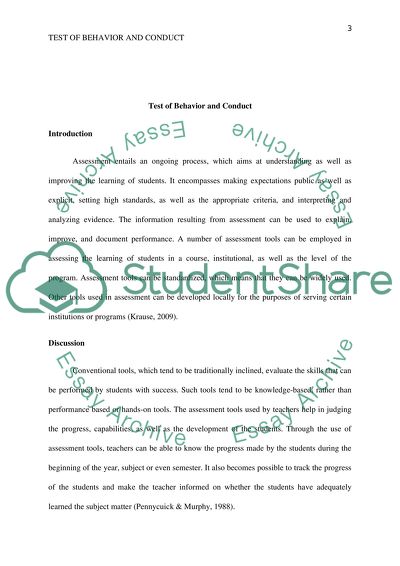Cite this document
(“Behavior And Conduct: Grade Levels And Scoring Methods Essay”, n.d.)
Retrieved from https://studentshare.org/education/1600203-behavior-and-conduct-grade-levels-and-scoring-methods
Retrieved from https://studentshare.org/education/1600203-behavior-and-conduct-grade-levels-and-scoring-methods
(Behavior And Conduct: Grade Levels And Scoring Methods Essay)
https://studentshare.org/education/1600203-behavior-and-conduct-grade-levels-and-scoring-methods.
https://studentshare.org/education/1600203-behavior-and-conduct-grade-levels-and-scoring-methods.
“Behavior And Conduct: Grade Levels And Scoring Methods Essay”, n.d. https://studentshare.org/education/1600203-behavior-and-conduct-grade-levels-and-scoring-methods.


